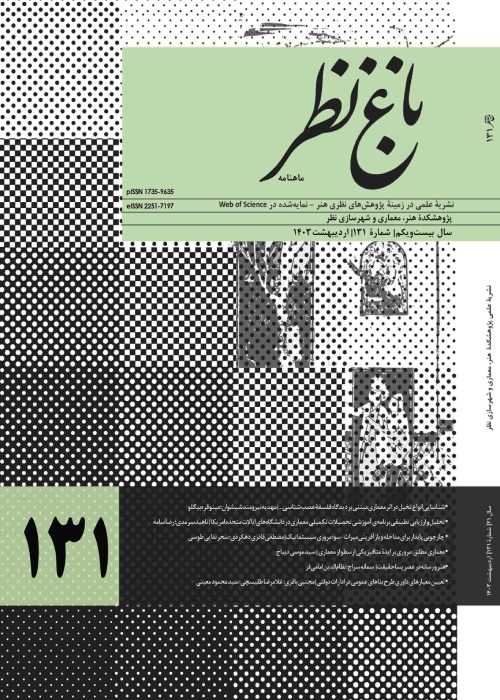Examining the Components of Architectural Concept Formationin Teaching Architectural Design With A Background-Based Approach
Problem statement:
Design ability is one of the most critical and complex cognitive abilities a person has tried to cultivate. Designing requires a complex mental process of the ability to obtain many types of information, combine them into a coherent set of ideas, and finally, create a realized form of those ideas. This article explores the formation of the concept in origin and reaches the main design by describing important subcategories and factors such as design education, sketches, creativity, geometry, and the examination of prominent examples. In this regard and using previous studies, it has been tried to reach a conclusion using the origin of concept production. Considering the undeniable role of concepts in the design process, this fundamental question is raised whether it is possible to theorize the formation of the idea (basic design) as well as the existing void before reaching the final solution in the minds of designers (architects). Today, there is a question of whether there is a connection between opinion and will to build objects (architects).
The purpose of the research: This research aims to fill the gap between opinion and practice in architectural projects and theses. At the core of these studies, a clear and developed view of the nature of ability has been formed to design and develop talents. From this point of view, the ability to design is considered a facet of human cognitive skills that every person benefits from to some extent. The initial idea initiates the creation of the master plan, and the development of the master plan will lead to the final project.
This research is of the fundamental research type and is based on the qualitative research method and the causal research approach (intuitive discovery). The authors drew upon experiences in architectural design education to analyze and use logical reasoning. For this purpose, the general studies about the subject plan, the literature, and the subject’s background are discussed. The evaluations, the required software, the necessary hardware, the work steps and the process of the assessment and tests, the required techniques, and the examination of various parameters are explained. In the next step, the first component, the production of the concept (preliminary design), and the design findings have been introduced.
It can be said that concepts are an intuitive aspect of the architectural design process because they are a mediator between the designer’s inner and outer worlds. The main design is the connecting factor between the idea and the action in the design, and the gap created between the two can be repaired by discussing the development of the main structure.
- حق عضویت دریافتی صرف حمایت از نشریات عضو و نگهداری، تکمیل و توسعه مگیران میشود.
- پرداخت حق اشتراک و دانلود مقالات اجازه بازنشر آن در سایر رسانههای چاپی و دیجیتال را به کاربر نمیدهد.




